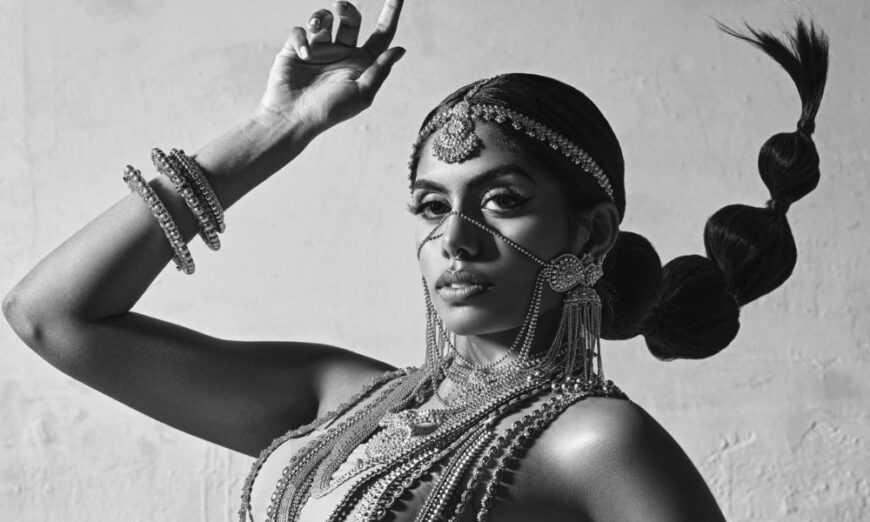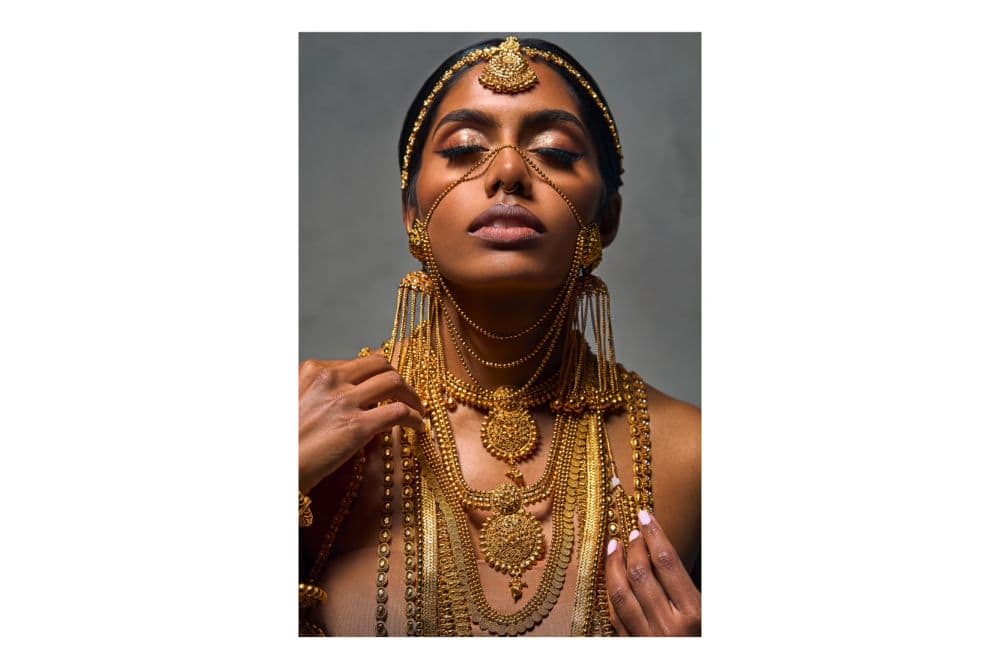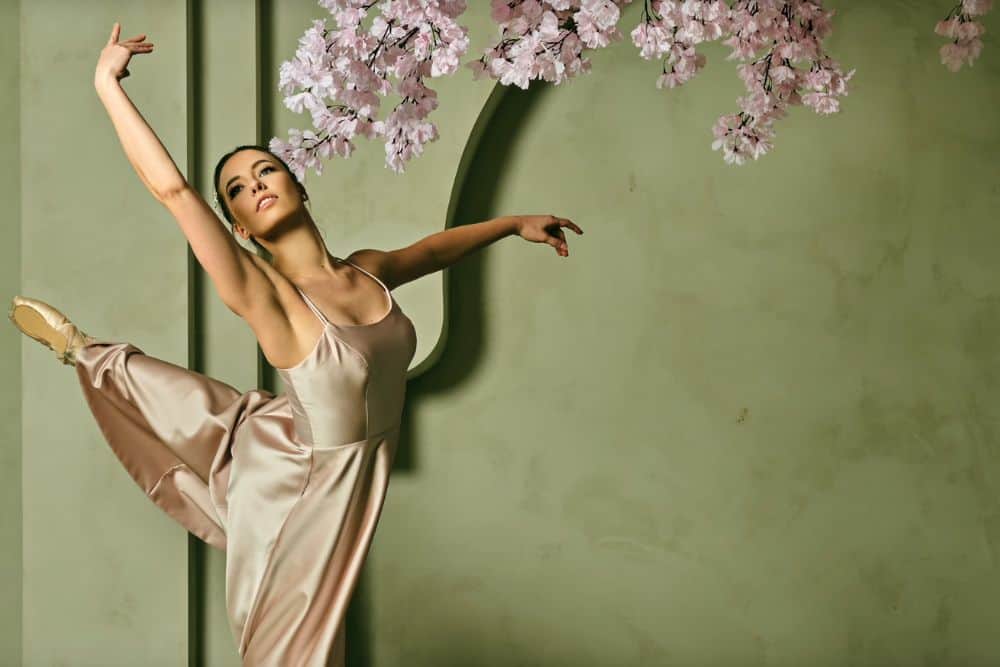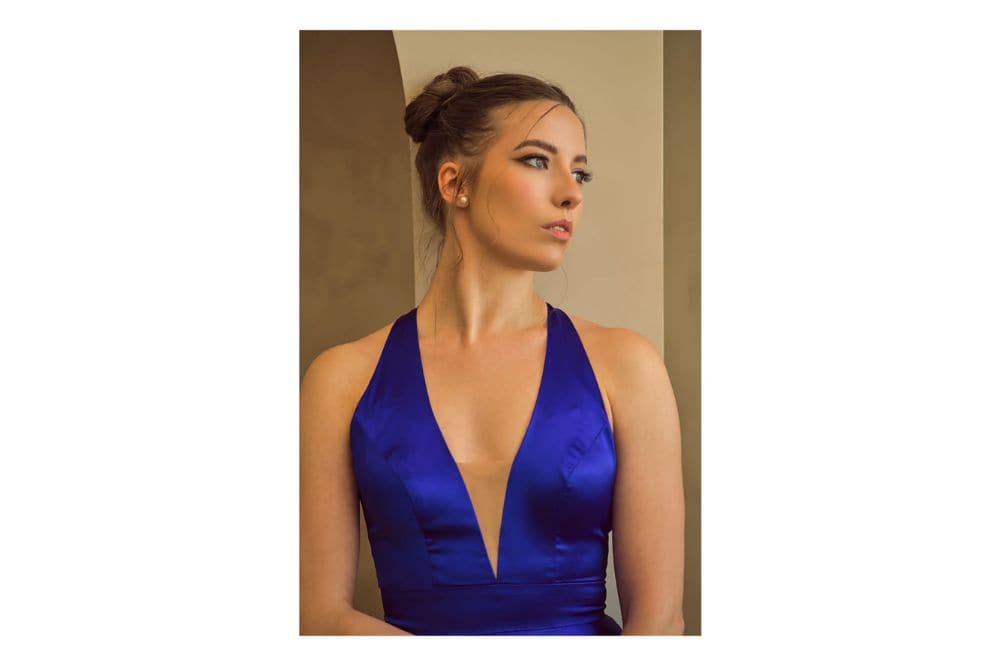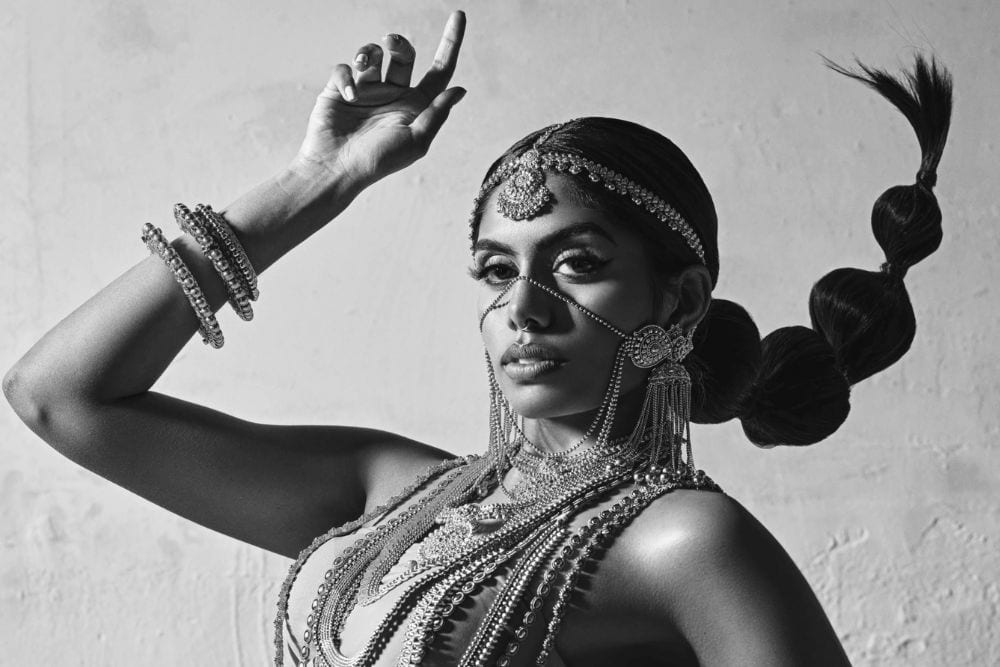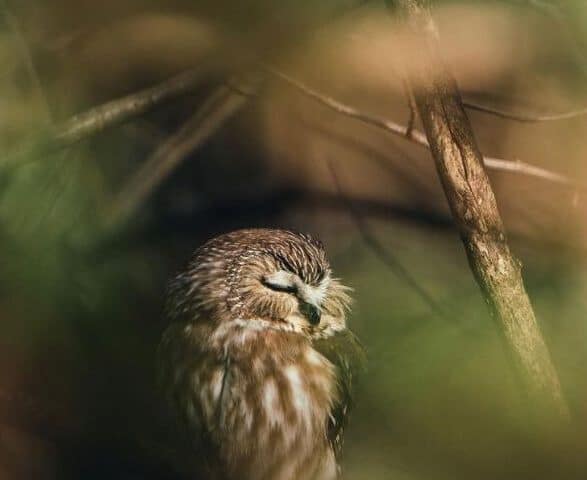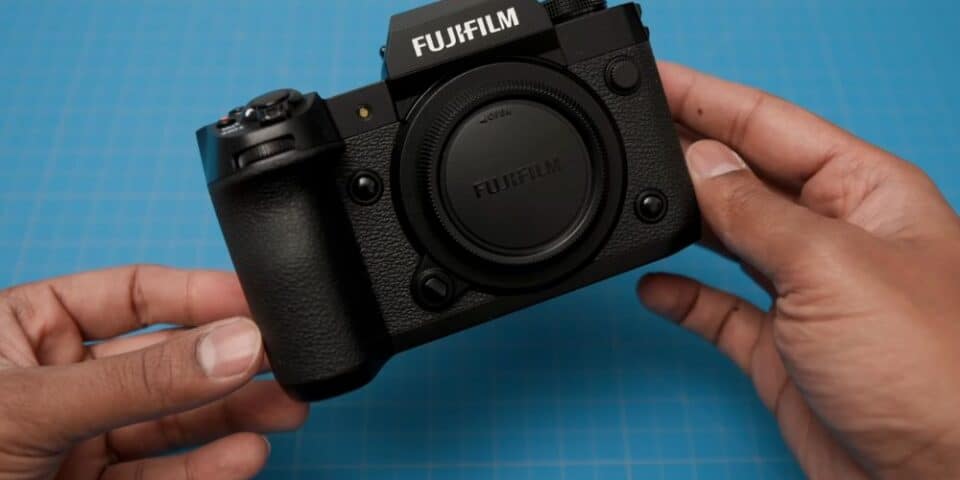Most of Canadian photographer @Gajan Balan’s work is in commercial, editorial, fashion, and street photography. But there’s one thread that ties them all together: Portraits. In this blog, Gajan answers the top three questions he gets asked about portrait photography.
Portrait Photography Question #1: Which camera is right for me?
One of the most frequently asked questions I get is about gear. Specifically, people want to know what camera to use for portrait photography, and what lenses are best for portrait photography.
I believe that any modern camera on the market today will capture a good image when it’s in the hands of a good photographer, but there are some general guidelines you can follow when choosing a camera for portrait photography.
Start by looking at where you are in your creative journey and focus on the things that will help you grow on that journey. Either buy the camera that you can afford comfortably or rent the camera you aspire to have, but don’t overcomplicate your decision.
Instead of chasing all of the specifications, focus on the two or three things that are important to your creative vision:
- Maximum megapixels or dynamic range in your file?
- Nice feel and easy to use?
- Access to very unique or vintage lenses?
In my own work today, resolution and dynamic range are relatively important and that’s what I base my camera decisions on. But when I was just getting started, I wanted a camera that gave me good enough colours that I could edit and add my own flavour to.
Portrait Photography Question #2: How do I get started with lighting?
The second question I often get asked is, how do I get started with lighting and lighting recipes?
First of all, it’s great to be a natural light photographer, but don’t let that stop you from using artificial light sources and off-camera flash. When you’re just getting started with lighting, Godox’s options are a great place to start. It gives you the opportunity to play with different kinds of lights both on and off camera.
I always recommend that you look closely at photos that inspire you and work backward to understand:
- Where the light sources are
- How the light is angled
- What characteristics the light source provides
- How strong the light is with respect to the shadows
- How you can replicate this in the process
In terms of lighting recipes, here are a couple of quick tips:
- Do you want a soft, angelic look? Having a light source close to your subject will give you the diffuse soft light you’re looking for.
- Want hard-cut shadows? Putting your light source without a softbox or any kind of light modifier on it further away will give you harder light and a more contoured look.
Portrait Photography Question #3: How do I improve my posing?
The third question I get asked often is, how do I improve my posing? Or even, how should I pose the models?
Investing time in learning how to pose your subjects is worthwhile because it makes your work on-set easier, and your portraits better.
My best advice is to look at magazines that include images you find inspiring and curate the poses into your own shot list and mood board. Use these as your inspiration and try to replicate the poses.
A couple of things to consider when it comes to posing:
- Understand that when you’re working with a professional model, posing is much easier. When you’re working with someone who is junior, you have to do more coaching.
- Keep in mind that your subjects will have limitations. Not every subject will be able to execute the extravagant poses you see in Vogue, Vanity Fair, and Harper’s Bazaar. There may be a gap between your vision and what you can actually create.
- Take the time to scan your subject on set. Look at your subject from top to bottom, including:
- Where are their hands, wrists, elbows, and shoulders?
- How are their limbs angled?
- Does anything look unflattering?
- Is there breathing room between the model’s outfit and limbs?
- Is there good separation between the model’s fingers to avoid “penguin hand”?
Attention to detail makes all the difference. Look at all the details closely, scan your subject top to bottom, and be really critical about where and how each body part is oriented.
Set yourself up for portrait photography success
Those are the answers to the three portrait photography questions I get asked most. Each of these topics — cameras, lighting, and posing — could have its own Masterclasses, but these tips are a good place to start.
If you’re still wondering which camera and light sources are right for you, head over to henrys.com during business hours and use the live chat feature to talk to a professional who can make recommendations.
Learn more about Gajan Balan
Gajan’s portrait work has been featured in regional publications of Vogue, GQ, and Rolling Stone. Follow Gajan’s journey on YouTube and Instagram.
What’s next
- Learn about Henry’s Price Promise
- Find a Henry’s near you
- Learn about Henry’s Trade-and-Upgrade Program
- Protect your purchase with Henry’s Extended Life Plan
